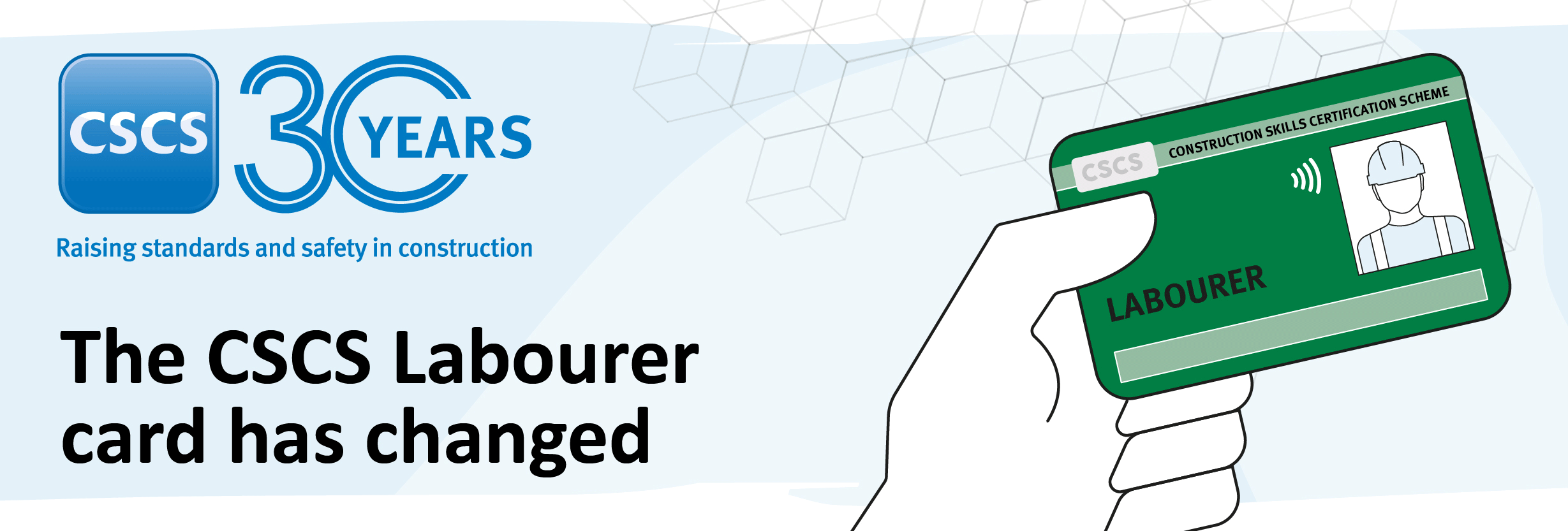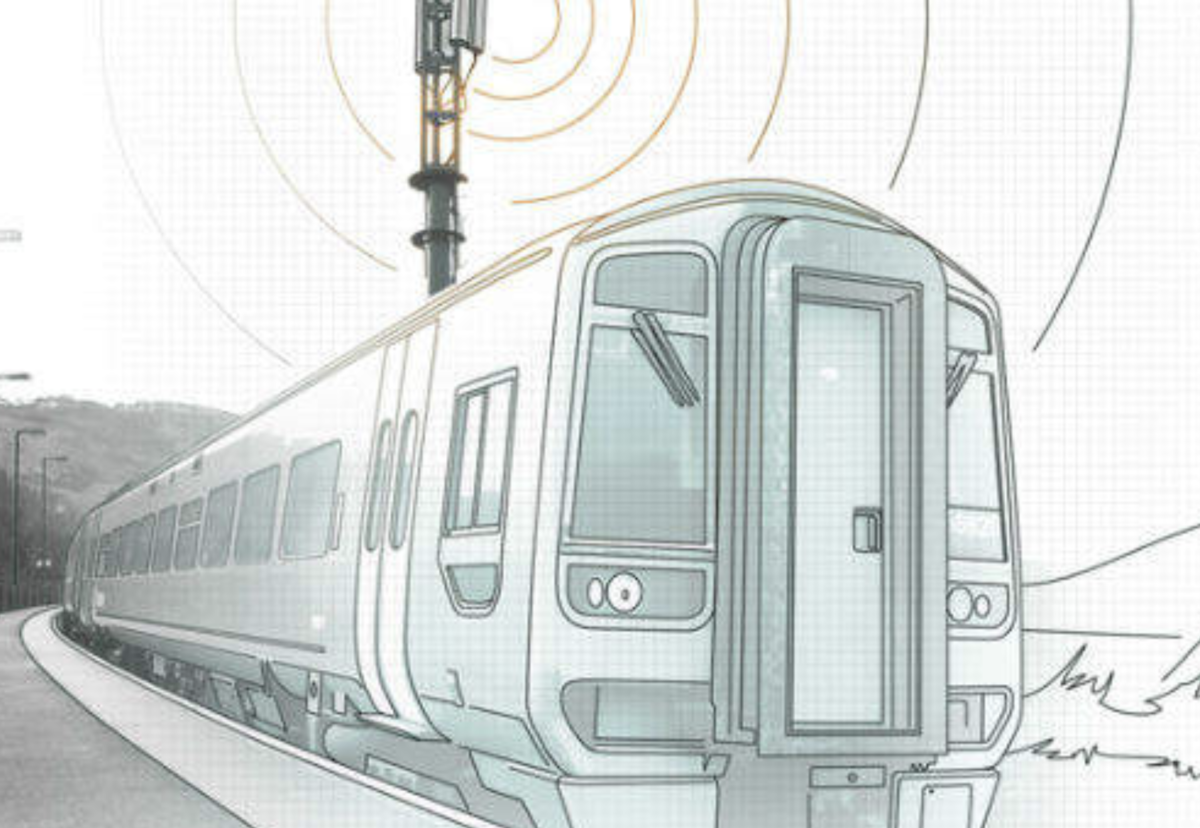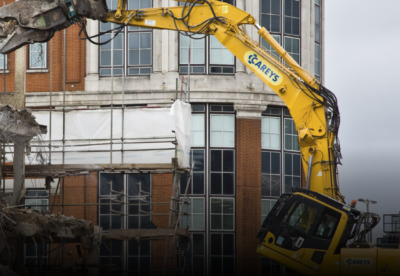The partner would invest £1bn in designing and building the new public communications networks and infrastructure along the railway in return for the right to use and commercially exploit the new networks under a long-term concession agreement.
Network Rail would use the new infrastructure capacity for a more digitally-connected rail network without relying on subsidies from government or passengers.
Over 16,000km of data cables next to the railway – carrying information essential to running the railway such as signalling for trains, trackside sensors, CCTV, and internet for trains, railway depots and offices – are due to be upgraded.
As Network Rail will not require the full capacity of new cutting-edge fibre optics, there would be sufficient capacity to run third-party telecoms services.
The concessionaire would benefit from the lower cost of fibre deployment along the railway when compared with other deployment methods.
Andrew Haines, Network Rail chief executive, said: “Our telecoms infrastructure requires an upgrade if we are to meet the growing connectivity needs of passengers and the railway itself – particularly to make sure our fibre capacity can handle more data, at greater speed, more reliably.
“This proposal makes good business sense for all parties. We get a cutting-edge, future-proof telecoms infrastructure; the investor gets a great business opportunity; train passengers in Britain get an improved service for years to come; and the taxpayer saves a significant amount of money.”
Network Rail will review all expressions of interest and aims to finalise the transaction with a preferred bidder by the end of 2021. A further announcement will follow in due course.








.gif)















































